One topic that will be discussed at this year’s annual meeting is how doctors can leverage big data to coordinate patient care. Keeping up with data for a primary care doctor, specialists, as well as an orthopedic surgeon is challenging. And it’s exceptionally difficult when each physician office uses different EMR systems.
In fact, a study was conducted by Annals of Family Medicine comparing communication gaps between physicians. During the study, it was revealed that 22% of primary care physicians rarely send clinical information to a specialist at the time of a referral. In addition, 35% of physicians claim they rarely receive information back from a specialist. 1.
But, in the day and age of ERMs, why is communication between different clinicians still poor?
Slow Data Claims Plague EMR Systems
Sure, electronic medical record software is storing big data. But, when there is a 60-120 day delay between service and billing, the stored data isn’t always accurate. Outdated or, even lost information, hurts a surgery center or hospital but also a patient that is working to coordinate care between physicians.
This fragmentation of communication between healthcare providers can be frustrating and seem like a big lift for physicians and administrators. With physicians and administrators work daily to keep costs down and their staff happy, implementing technology seems like an uphill battle.
However, investing the time and money into streamlined technology to aid in physician and patient communications can create an opportunity for more equitable healthcare.
Set Up Proper Technologies To Streamline Communications
Anti-EMR software allows for an easier collection and transfer of data. For example, with one system patients can check in, participate in patient risk surveys, and complete post-operative assessments. The results from these documents are collected in one encrypted, HIPAA-compliant spot that can be utilized for simplified clinician communications.
Learn how one orthopedic surgeon was able to increase post-surgical patient response here.
Increasing Overall Data Efficiency
When systems are implemented for improved patient communication, the trickle down effect has an overall benefit to administrators. For example, a software like PRO-MAPP will automate revenue cycle management allowing for faster billing, while eliminating dictation errors.
Want to overhaul your revenue cycle management process? Click here to download a free e-book.
Sources:
1. Timmins, L., Kern, L. M., O’Malley, A. S., Urato, C., Ghosh, A., & Rich, E. (2022). Communication Gaps Persist Between Primary Care and Specialist Physicians. Annals of family medicine, 20(4), 343–347. https://doi.org/10.1370/afm.2781
